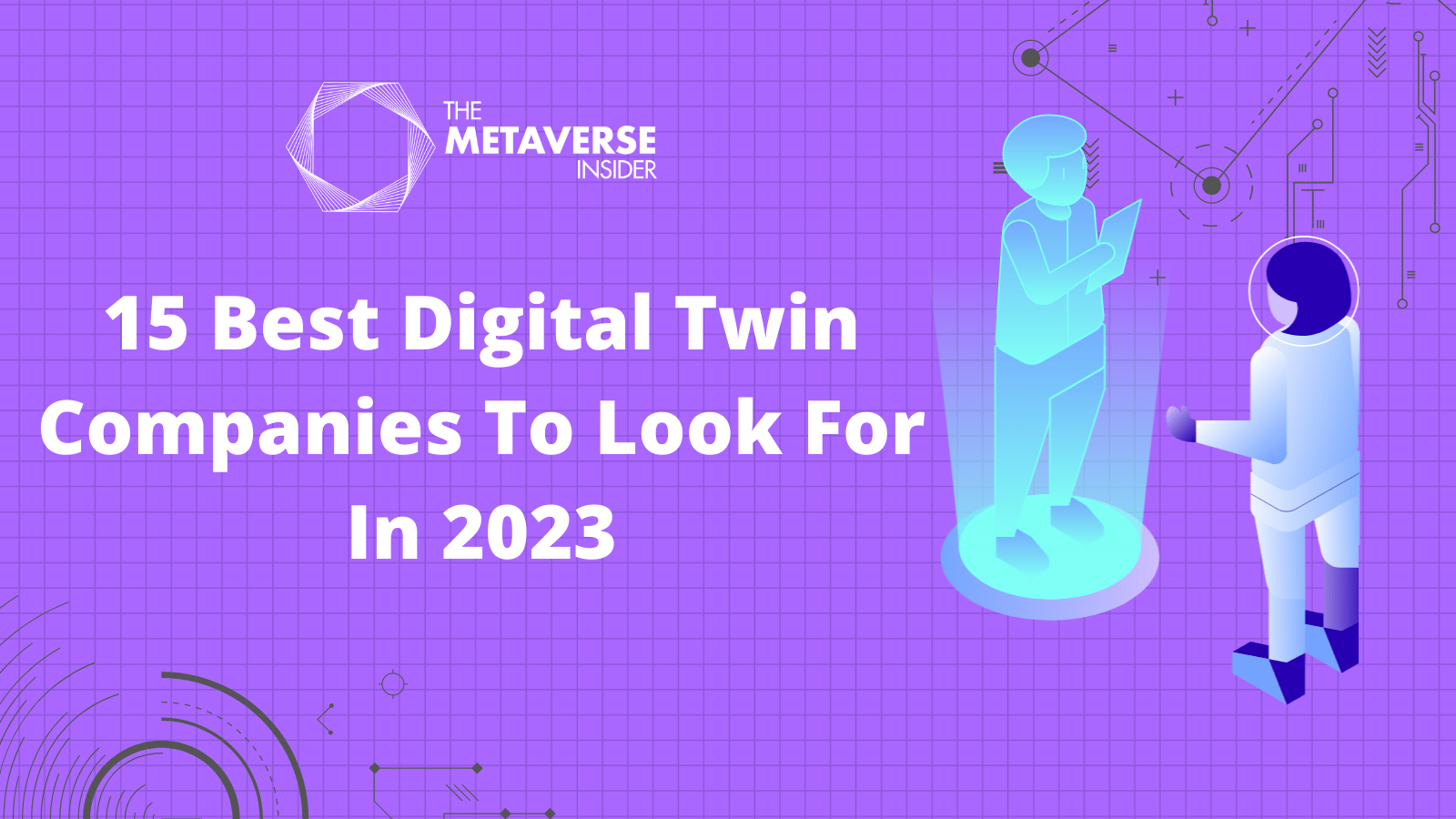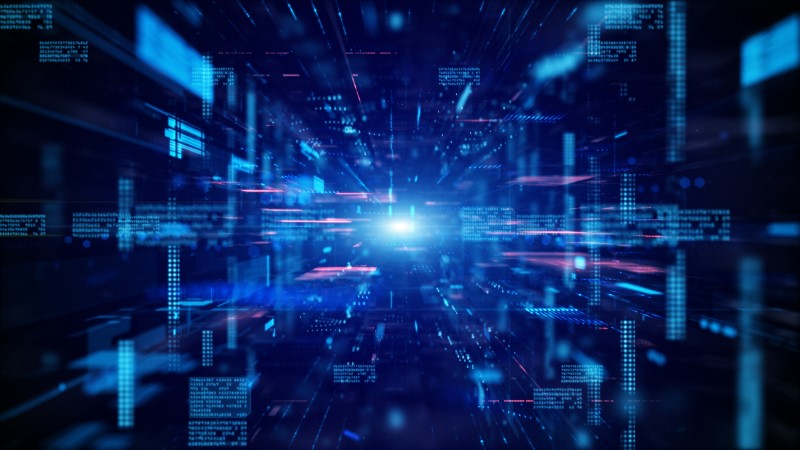- Nomad Consulting
- Posts
- How AI-Powered Digital Twins Are Revolutionizing Industry's Future
How AI-Powered Digital Twins Are Revolutionizing Industry's Future
What if the key to tomorrow’s innovation was a mirror image you never knew existed?

Table of Contents
Industries are constantly seeking innovative ways to improve efficiency, reduce costs, and enhance decision-making.
One of the most transformative technologies making this possible is the digital twin — a virtual replica of physical systems that integrates real-time data to simulate, monitor, and optimize operations. While the concept of digital twins isn't entirely new, the integration of advanced AI is pushing this technology to unprecedented levels.
Both established Enterprise Software Companies and Startups are providing platforms that allow industries to leverage digital twins for automating complex processes and driving significant operational improvements.
A handful of companies like Palantir are positioned to benefit from this shift by integrating AI into their customers’ workflows.
This gives them a huge competitive edge, as the AI can integrate and analyze far more data individual users can.
What Is a Digital Twin?
A digital twin serves as a virtual mirror of physical assets, systems, or processes. It continuously updates in real-time based on incoming data from its physical counterpart, offering businesses a powerful tool to monitor performance, identify inefficiencies, and even predict future outcomes.
Traditionally used in industries such as manufacturing, energy, and healthcare, digital twins allow businesses to gain insights without interrupting day-to-day operations.
With the integration of AI with these digital models, companies can now automate many tasks that previously required human intervention, enabling faster and more accurate decision-making.
Palantir’s Foundry platform leverages advanced AI to create digital twins that incorporate real-time data from sensors, allowing organizations to optimize complex processes.
This is a complete data replica of an organization, allowing AI to operate on that data and automate many processes that were previously done by analysts or other personnel.
Foundry enables the creation of digital twins by unifying data from various sources across an organization and integrating it into a continuously evolving operational model. This is particularly important for industries dealing with complex systems.
For example, working with BP, Palantir’s digital twin technology monitors oil and gas production systems by integrating data from over 2 million sensors. This configuration allows for dynamic monitoring and optimization, as well as AI-driven recommendations for improving performance.
The Shift from Traditional Systems of Record
Traditionally, businesses relied on systems of record—databases that stored critical operational information in an isolated manner.
These systems, like ERP or CRM platforms, required manual updates and often involved large teams of analysts to interpret data.
In contrast, digital twins are dynamic systems of record, continuously updated with real-time data and augmented with AI insights.
This transition allows businesses to automate many of their processes, reducing the need for human intervention in tasks like data analysis, process optimization, and predictive maintenance.
As more businesses adopt AI-enhanced digital twins, we can expect even greater levels of efficiency and cost reduction across sectors, fundamentally reshaping how industries operate.
Businesses will rely less on traditional software systems and more on real-time, continuously evolving digital twins that can autonomously manage everything from supply chains to predictive maintenance.
Companies that adopt this technology will be at the forefront of innovation, enjoying the benefits of reduced costs, improved decision-making, and enhanced operational capabilities.
As industries begin to realize the full potential of digital twins, the question is no longer whether businesses will adopt this technology, but how quickly they will undergo this transformation to stay ahead of the competition.
Creating a digital twin of the System of Record (SoR) and leveraging AI agents involves several technical and strategic steps:
1. Define Objectives and Scope
Identify Goals - Clearly define what you want to achieve by creating the digital twin. Are you looking to improve operational efficiency, optimize processes, or simulate scenarios?
Establish Scope - Determine which parts of the SoR will be replicated and what functionality needs to be supported by the digital twin.
2. Analyze the Existing System of Record
Data Assessment - Map out the types of data the SoR manages (e.g., transactions, logs, metadata, historical data).
Functional Analysis - Understand the core functions, workflows, and business rules implemented in the current SoR.
Integration Points - Identify how the SoR interfaces with other systems and where data is ingested or distributed.
3. Create a Data Schema and Model for the Digital Twin
Data Modeling - Design a data model that mirrors the structure of the original SoR, including tables, fields, and relationships.
Data Synchronization - Establish a mechanism to continuously sync data between the SoR and the digital twin to ensure real-time parity.
4. Implement the Digital Twin Architecture
Backend Infrastructure - Choose a technology stack that can efficiently store and process large volumes of real-time data. For complex systems, graph databases like Neo4j may be ideal for relationship mapping.
API Layer - Build an API layer that serves as the interface between the digital twin and external systems, enabling data access, updates, and control.
5. Integrate AI Agents into the Digital Twin
AI Model Selection - Determine the types of AI models required, such as predictive models, optimization algorithms, or natural language processing.
Role of AI Agents:
Analytical Agent - Analyzes data and trends from the digital twin to provide insights.
Predictive Agent - Forecasts future states based on historical and real-time data.
Prescriptive Agent - Suggests optimal actions or decisions using reinforcement learning or optimization techniques.
Autonomous Agent - Acts on behalf of the digital twin to perform automated tasks, make decisions, or engage in scenarios.
6. Develop Simulation and Control Mechanisms
Simulation Framework - Implement a simulation engine within the digital twin that allows for testing various scenarios, such as changes to inputs, policy modifications, or unexpected system states.
Digital Shadowing - Enable the twin to run in parallel with the real SoR to verify that outputs and decisions are consistent.
7. Integrate with the System of Record and Other Systems
Data Sync and Replication - Create real-time or batch data pipelines to continuously replicate data from the SoR to the digital twin.
Event Handling and Messaging - Implement messaging protocols for real-time event handling between systems.
8. Build Visualization and Monitoring Tools
Dashboard Design - Develop dashboards and visualization tools that provide a comprehensive view of the digital twin's status, performance, and outputs.
Alerts and Notifications - Integrate AI agents to monitor key metrics and send alerts or notifications for anomalies, inefficiencies, or opportunities for optimization.
9. Deploy, Test, and Iterate
Validation - Run the digital twin in parallel with the SoR to validate its accuracy and consistency.
Feedback Loops - Continuously collect feedback from stakeholders to refine the digital twin's functionality.
Iterative Development- Evolve the digital twin by incorporating new data sources, refining AI models, and adding new functionalities.
10. Maintain and Update the Digital Twin
Version Control - Maintain versioning of the digital twin to account for changes in the SoR and its associated business logic.
Model Retraining - Periodically retrain AI agents to incorporate new data and adapt to changing system dynamics.
By following these steps, you can create a digital twin that accurately mirrors the functionality of a system of record while leveraging AI agents for enhanced capabilities such as prediction, optimization, and automation.







